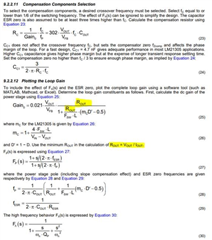Other Parts Discussed in Thread: TPS54620
Dear Team,
This is a general question. For my self-study I used LM21305.
My question is,
suppose this IC or any switcher is connected to a load, and in the load let us say X i/ps are switching and each i/p consumes Y amount of current.
in such a situation how to design the compensation network for the switching converter such that the converter won't become unstable.
I searched in google for materials to understand.I did not find anything which explains the situation mentined above.
If you don't mind could you please answer this question.
(This question was asked to me in an interview)
Regards
HARI





